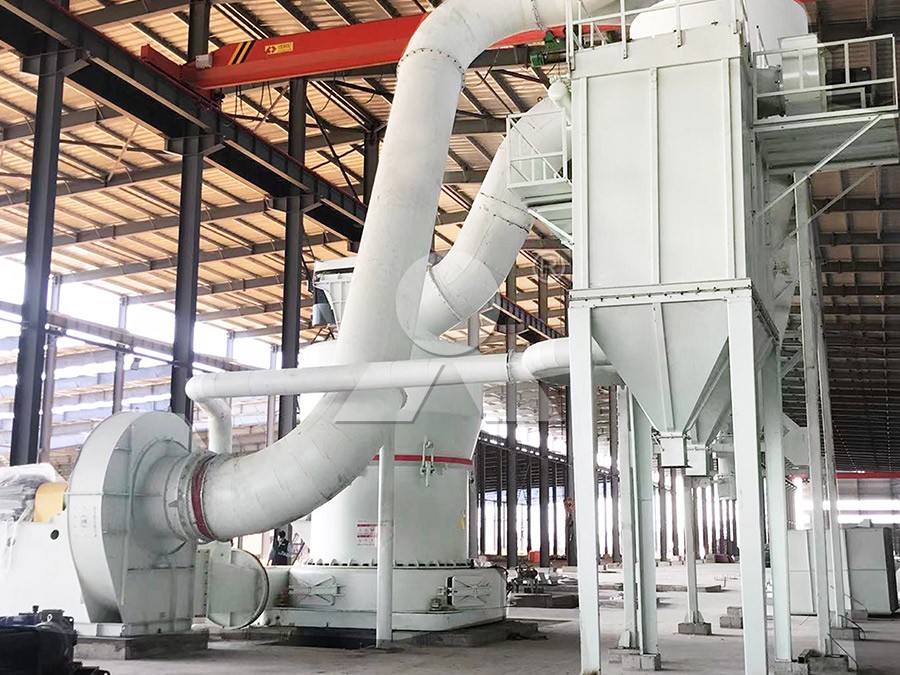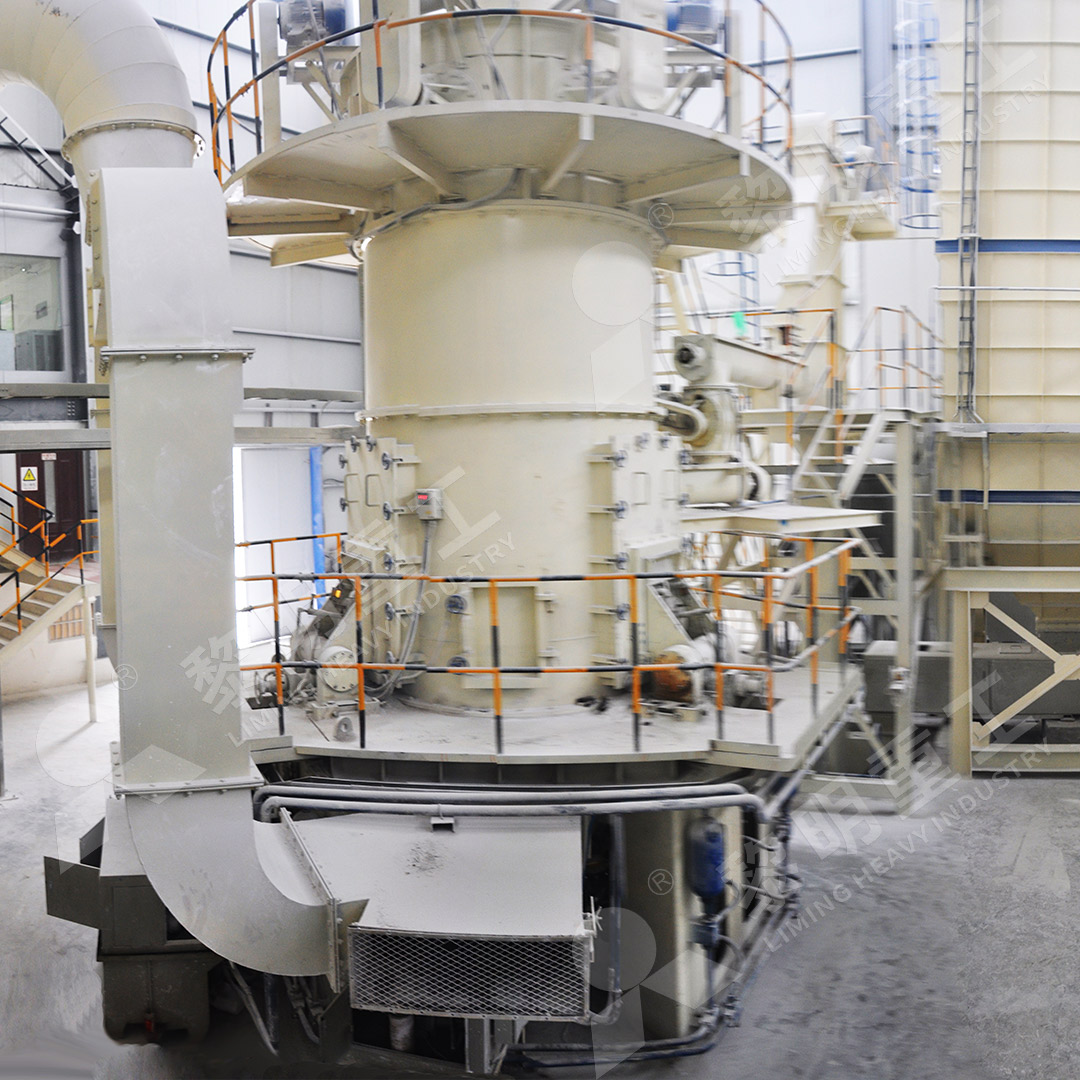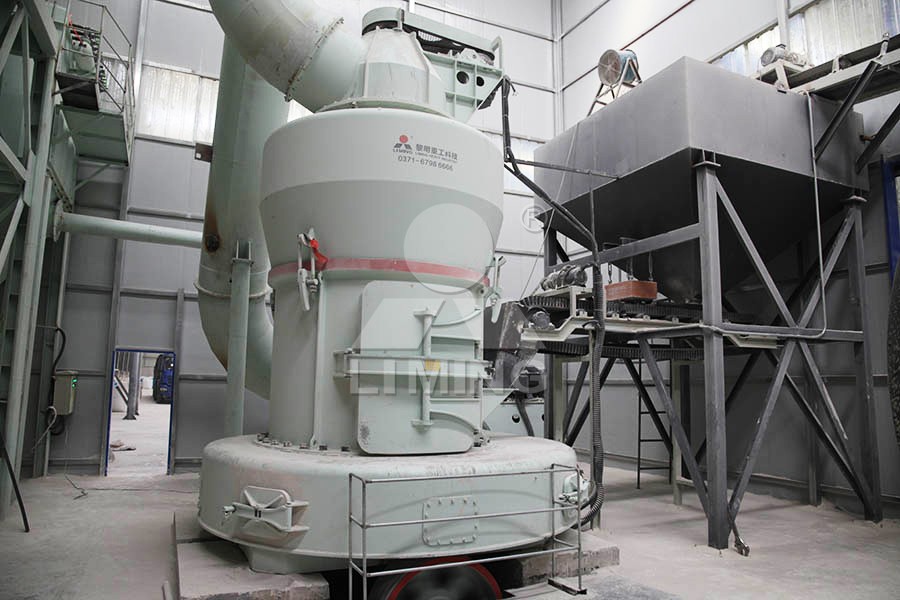Raymond Mill vs Vertical Roller Mill: Price Comparison for 200 Mesh Limestone with 5 TPH Capacity
Raymond Mill vs Vertical Roller Mill: Price Comparison for 200 Mesh Limestone with 5 TPH Capacity
When selecting grinding equipment for limestone processing to 200 mesh fineness at 5 tons per hour capacity, plant managers often face the dilemma between traditional Raymond mills and modern vertical roller mills. Both technologies offer distinct advantages in terms of capital investment, operating costs, and processing efficiency. This comprehensive analysis examines the economic and technical considerations to help you make an informed decision.
Initial Investment Analysis
The Raymond mill represents the more economical upfront choice, with simpler construction and lower purchase price. For operations with budget constraints, this traditional workhorse provides reliable performance at approximately 20-30% lower capital investment compared to vertical roller mills. However, this initial savings must be weighed against long-term operational considerations.
Vertical roller mills command a higher purchase price due to their sophisticated design and advanced control systems. The additional investment buys you modern automation, precision grinding capabilities, and enhanced energy efficiency that can deliver returns over the equipment’s lifespan.

Operating Cost Considerations
Energy consumption represents the most significant operational expense in grinding operations. Vertical roller mills typically consume 30-40% less power than Raymond mills when processing limestone to 200 mesh fineness. This efficiency advantage becomes increasingly valuable as energy costs rise and environmental regulations tighten.
Maintenance requirements also differ substantially between the two technologies. Raymond mills, with their mechanical transmission systems and multiple moving parts, generally require more frequent maintenance interventions. Vertical roller mills benefit from simpler grinding principles and often feature longer intervals between maintenance shutdowns.
Technical Performance Comparison
For your specific application—200 mesh limestone at 5 TPH—both mill types can technically achieve the required output. However, the quality consistency and particle distribution may vary. Vertical roller mills typically produce a more uniform product with narrower particle size distribution, which can be critical for certain industrial applications.
The drying capacity represents another differentiator. If your limestone contains moisture, vertical roller mills integrate drying capabilities more effectively, potentially eliminating the need for separate drying equipment.

Beyond the Basics: Advanced Grinding Solutions
While Raymond mills and vertical roller mills represent the conventional choices, operations requiring superior product quality and enhanced efficiency should consider our MW Ultrafine Grinding Mill. This advanced system combines the reliability of traditional designs with cutting-edge technology, delivering exceptional performance for limestone applications.
The MW Ultrafine Grinding Mill operates with 30% lower energy consumption compared to jet mills and produces 40% higher output than conventional grinding systems. With adjustable fineness between 325-2500 meshes, it easily meets your 200 mesh requirement while offering flexibility for future product diversification. The unique design eliminates rolling bearings and screws in the grinding chamber, significantly reducing maintenance concerns and downtime.
For operations prioritizing energy efficiency and automation, our LUM Ultrafine Vertical Grinding Mill represents another excellent option. Integrating German powder separating technology with advanced control systems, this mill reduces energy consumption by 30-50% while maintaining precise product quality control.
Long-Term Value Assessment
The true cost of grinding equipment extends far beyond the initial purchase price. When evaluating Raymond mills versus vertical roller mills for your 5 TPH limestone operation, consider these additional factors:
- Spare parts availability and cost
- Compatibility with future process upgrades
- Resale value of equipment
- Training requirements for operators
- Environmental compliance costs

Frequently Asked Questions
Which mill type offers better ROI for a 5 TPH limestone operation?
While Raymond mills have lower initial costs, vertical roller mills typically deliver better long-term ROI due to significantly lower energy consumption and reduced maintenance requirements. The payback period for the higher initial investment is usually 18-36 months depending on local electricity rates.
Can both mill types achieve consistent 200 mesh product quality?
Yes, both technologies can produce 200 mesh limestone, but vertical roller mills generally provide more consistent particle size distribution and better quality control. For applications requiring strict quality specifications, the additional investment in vertical grinding technology is often justified.
What are the space requirements for each mill type?
Vertical roller mills have a smaller footprint—typically 40-50% less floor space than Raymond mills for equivalent capacity. This can be a significant advantage for operations with space constraints or those looking to maximize production density.
How do maintenance costs compare between the two technologies?
Raymond mills generally incur 15-25% higher annual maintenance costs due to more wearing parts and complex mechanical systems. Vertical roller mills feature simpler grinding mechanisms and often include advanced monitoring systems that help predict maintenance needs before failures occur.
Which mill is more suitable for future capacity expansion?
Vertical roller mills offer better scalability through modular designs. If you anticipate needing to increase capacity beyond 5 TPH in the future, the vertical roller mill platform provides more straightforward expansion pathways without complete system replacement.
